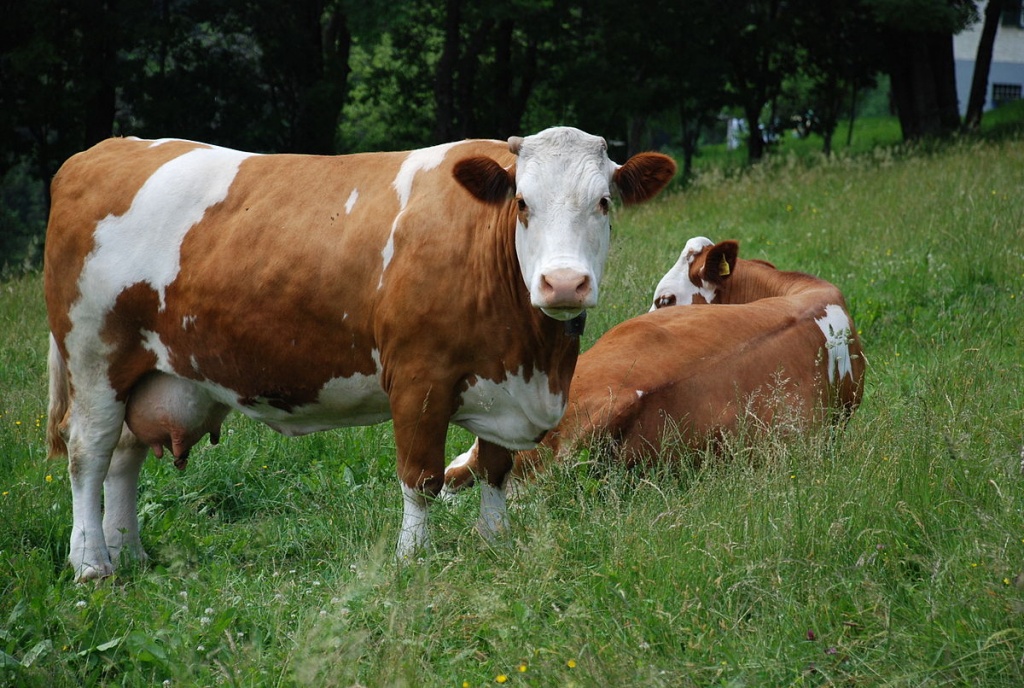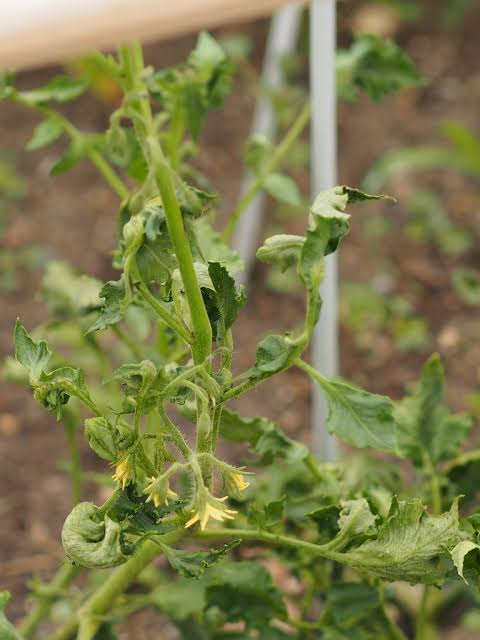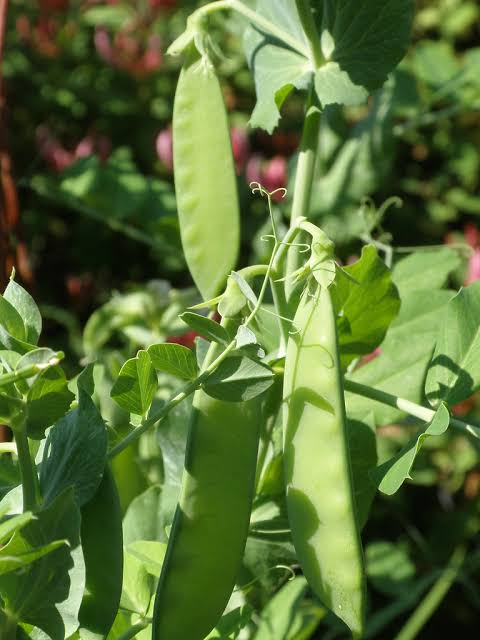
Smallholder farmers in Kenya can save on cow on treatment costs by keeping the Fleckvieh dual purpose cow which can be used for both beef and milk production.
The breed is less prone to mastitis and rarely contracts the disease compared to other cow breeds which often contract the disease.Due to Fleckvieh’s low somatic (dead) cells, she is also tolerant to attack by ticks and tsetseflies due to its thick skin.
Mastitis is a bacterial disease caused by poor hygiene. It occurs when somatic cells are released into the mammary glands in response to the invasion of the teat canals by bacteria. The disease causes a drop in milk production by at least 50 per cent and sometimes infected cows have to be culled.
Related News:Cow mattress can earn dairy farmers over Sh3,000, cut mastitis
Related News: Cow mattresses up milk yields, fight mastitis
Fleckvieh was introduced in Kenya by Fleckvieh East Africa in 2009 and has been adopted by approximately 20,000 farmers however over 300,000 small scale dairy farmers in Kenya keep the common breeds which include Friesian, Jersey, Guernsey, Zebu, Sahiwal and Ayrshire among others.
Fleckvieh produces less milk and is consistent in production; but it requires less feed to produce the same amount of milk as a Holstein-Fresian. Therefore, it is a more efficient cow” said Dr.Anthony Wanjohi of Fleckvieh Genetics East Africa
The cow produces 25 to 30 liters on first calving, 30 to 35 liters on second calving and 35 to 40 liters at its peak.
If a Holstein Friesian cow is fed 60kgs of feed for instance it would produce the same amount of milk equal to the Fleckvieh cow which will is also fed on 45kg of the similar feed. With one kilogram of dairy meal averaging Sh30, farmers can save Sh450 by keeping this type of cow.
Dr Wanjohi advises farmers to crossbreed Fleckvieh with other dairy breed to improve the calf’s traits. Hybrid bulls from Fleckvieh and others for example mature faster and gain 300kg of weight within three quarters of a year and can be sold by farmers to earn extra income.
High quality semen for artificial insemination can be obtained from Fleckvieh East Africa at Sh400 to Sh800 depending on the type of bull.
A mature bull weighing 500kg can earn farmers between Sh80,000 to Sh100,000 while heifers at 10 to 14 months fetch the same amount of money.
Fleckvieh Genetics East Africa can be reached on +254 712 095 555 or +254 727 665 885.
Write comment (0 Comments)
















